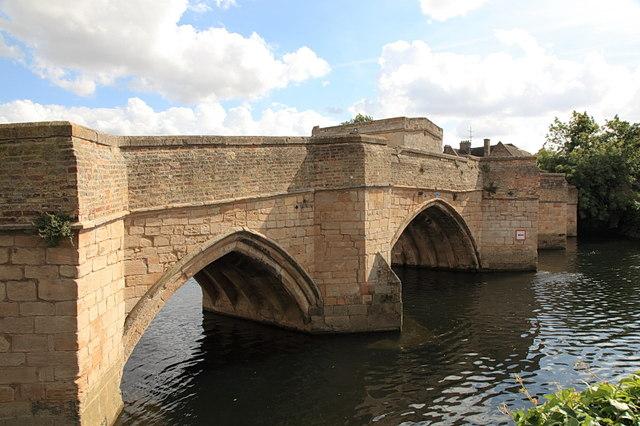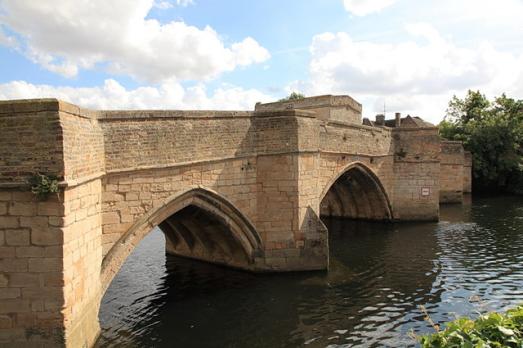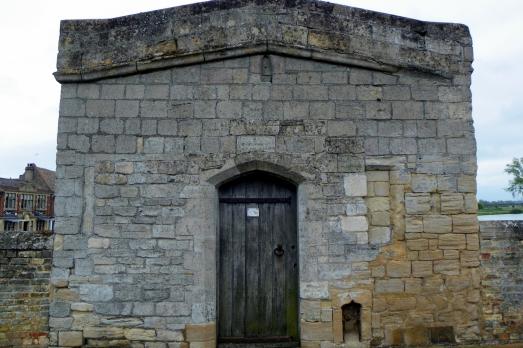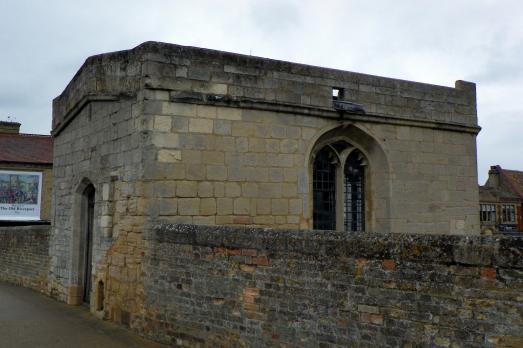For almost a thousand years it was the only access from the south into St Ives for travellers, pilgrims and traders. At one time the chapel was a pub of ill repute, and Oliver Cromwell blew up the bridge!
It’s thought there has been a ford on the site of the bridge ever since a settlement has existed in the area, probably several thousand years. The first bridge was a wooden structure built in 1107 as part of Ramsey Abbey’s development of the settlement. Tolls collected from travellers provided a valuable income for the monks.
In 1414 work started on building a stone replacement, completed in 1425. A chapel was included in 1426 dedicated to St Leger.
Although Oliver Cromwell lived in St Ives between 1631 and 1636, it was during the English Civil War that he left his mark on the town’s bridge. The war started in 1642 and Cromwell very quickly rose through the ranks. By 1643 he was in charge of the East Anglian cavalry.
Concerned over attacks from the opposing Royalist forces, and mindful of the strategic importance of the bridge at St Ives, Cromwell ordered the southern part of the bridge to be blown up, and a drawbridge erected. It was another seventy years before the bridge was returned almost to its original form.
Following the Dissolution of Monasteries in 1539 Ramsey Abbey relinquished ownership of the bridge. The chapel became a private residence and two extra floors were added in 1736.
During the mid 1800s the building was a pub named Little Hell, an establishment with a somewhat dubious reputation. Pigs were kept in the cellar, so the ambience must have been somewhat unique. Thereafter the chapel was again occupied as a private residence up to 1927.
In 1930 there was concern over the safety of the chapel structure, resulting in the extra two stories from 1736 being removed and the building restored as a chapel. Until the building of the bypass in 1980, St Ives bridge was the only access from the south over The Ouse and into St Ives for almost a thousand years.
Today normal traffic is forbidden to travel over the bridge. St Ivians are protective of their bridge, and will happily stop any car ignoring the signs and explain the restrictions!




